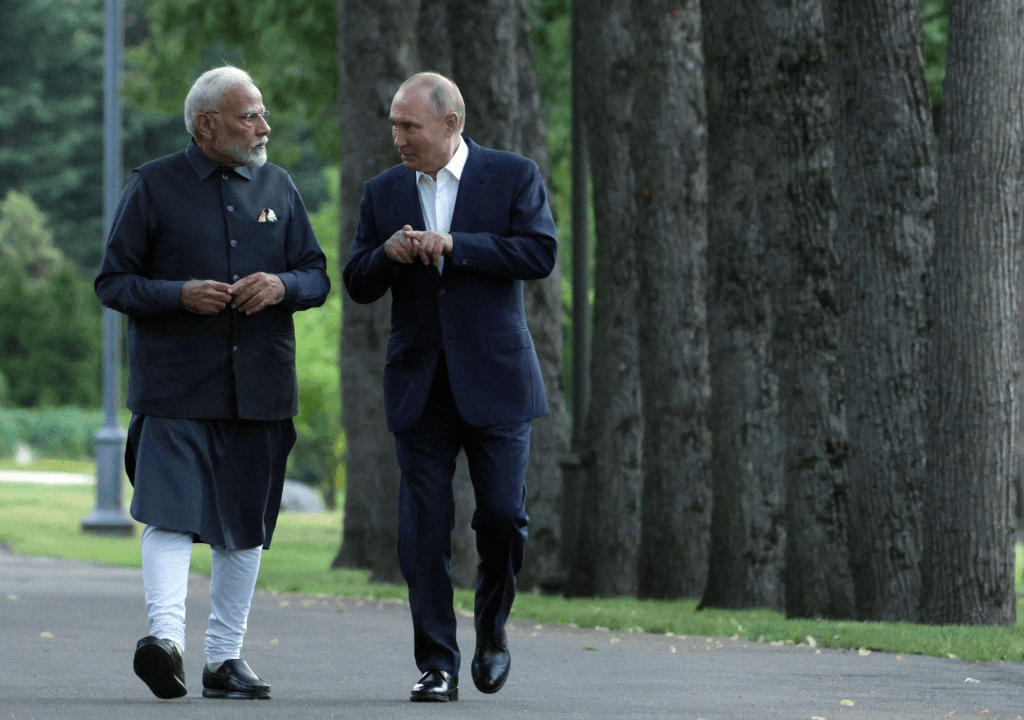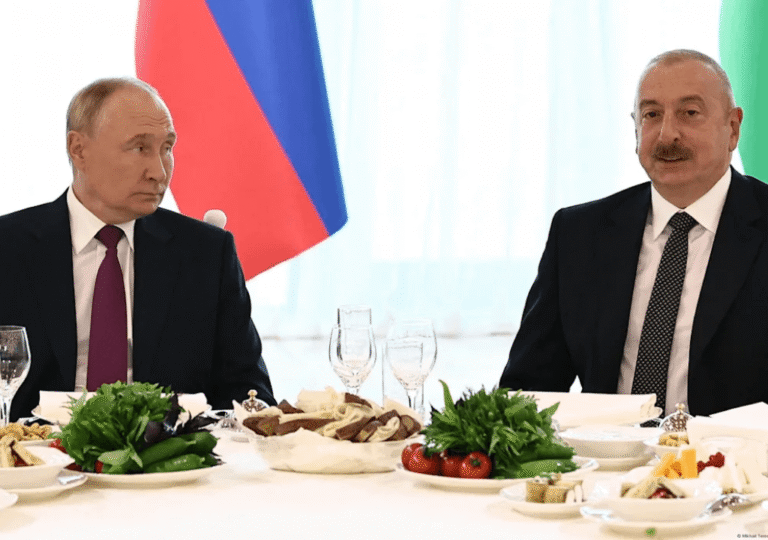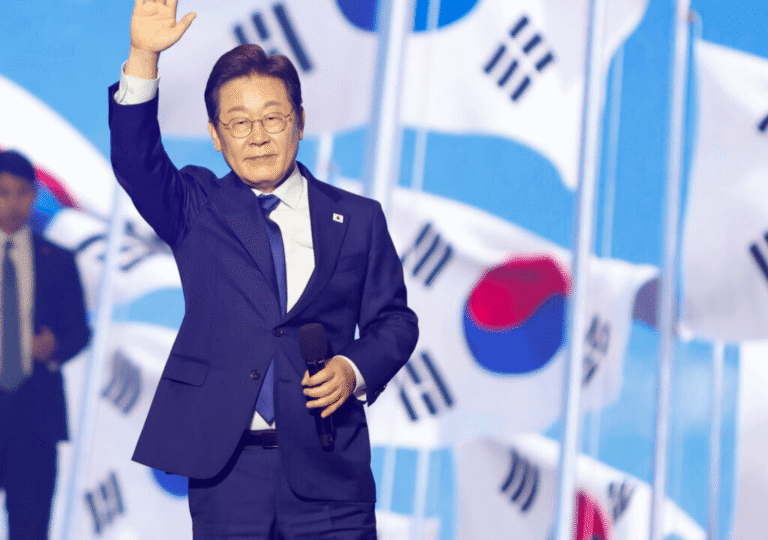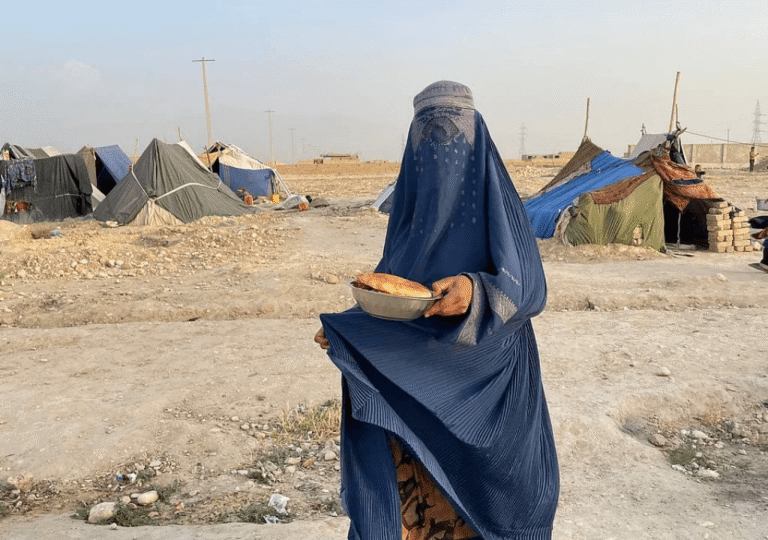Narendra Modi, Prime Minister of the world’s largest democracy, has chosen Russia for his first bilateral meeting after securing a third term in last month’s general election. The two-day visit, which included informal discussions, photo sessions, dinners, diplomatic talks, and the awarding of the highest civilian honor to the Prime Minister, holds considerable geopolitical importance. This visit sends important signals to the West, particularly as Western countries stand united in supporting Ukraine against Russian aggression, albeit with less attention to the situation in Palestine.
India has never aligned with any major power bloc since becoming a republic, its leaders, irrespective of their political affiliations, have always maintained a warm relationship with Russia. Narendra Modi, who has been in power for the past 10 years, continues this policy. Over the last decade, the United States and Western countries have attempted to draw India away from its traditional alliances and towards a grand democratic alliance in Asia, including the West and Japan. However, Modi’s recent actions demonstrate India’s steadfast stance despite the evolving Asian political landscape. Modi also stated that the visit, his first since Russia’s full-scale invasion of Ukraine and the pandemic, aimed to cement the “Bonds of Friendship” between the two countries. He later enthusiastically described Russia as India’s “All-weather friend and trusted ally”.
At Tuesday’s formal summit, Modi stated that he and Putin had covered everything from establishing new Indian embassies in Russia to enhancing trade cooperation. India’s significant imports of Russian oil, minerals, and arms, in exchange for Indian agricultural products, are crucial for sustaining the Russian economy amid stringent Western sanctions, alongside China. However, reports indicate that during informal discussions, Modi called for Russia’s withdrawal from the war and called for an end to the conflict.
India and Russia anticipate enhanced cooperation as the North-South corridor becomes fully operational. India, with a market of 1.4 billion people and one of the world’s largest economies, presents significant opportunities for Russian businesses. Conversely, Russia offers a large and cost-effective option for Indian businesses seeking natural resources, fostering a mutually beneficial relationship. However, ethical concerns remain, as Modi’s visit was condemned by Ukraine, citing ongoing war crimes committed by Russia in Ukraine. Just hours before Modi arrived in Moscow, Russian airstrikes targeted Ukraine’s largest children’s hospital and other civilian sites, causing numerous casualties and prompting global condemnation. Ukrainian President Volodymyr Zelenskiy described it as “A devastating blow to peace efforts to see the leader of the world’s largest democracy embracing the world’s most notorious criminal in Moscow on such a day”.
But the situation extends beyond Ukraine. Asia is undergoing polarization, and two blocs are formed. The superpowers are already teamed up. One side includes Japan, South Korea, Taiwan, the Philippines, Saudi Arabia, Israel and the United States. The other side consists of Russia, China, Iran, Kazakhstan, and North Korea. The stances of India, Indonesia, and Vietnam are crucial but not yet clearly defined. With significant investments and diplomatic talks, these blocs are aligning more countries with them. Vietnam will likely join the United States bloc, and Indonesia is expected to lean towards the Russian bloc. According to reports, India is also moving towards an alliance with Russia, which will be a significant blow to the U.S. bloc.
The U.S. recognizes the importance of India and has not criticized it, instead praising India for directly calling on Putin to stop the war, which indicates the U.S. still has hope in India. Historically, the U.S. was aligned with Pakistan, while India was connected to the Soviet Union and Russia from its formation. However, over the last decade, as Pakistan was ousted from the U.S. plan, the U.S. began to consider India more seriously. During Trump’s tenure, the relationship flourished, and there were reports that India leaned toward the U.S. side while Pakistan moved toward an alliance with China and Russia.
After Trump, due to poor handling of foreign relations, India began returning to Russia’s side again. This shift will not be easy for India, as India and China now have serious disputes and appear to be enemy countries, both of which are important to Russia. If any issue arises between India and China, Russia’s stance will be crucial, as both countries are important to Russia. If Russia favors China, it won’t take long for India to switch sides to the U.S., given India’s existing relationships with U.S. allies Japan and Israel.
The importance Modi places on Putin and the significance Russia attributes to India is the message conveyed by the recent meeting of both leaders. However, the U.S. will not abandon its mission with India. For its plan in Asia, the U.S. cannot rely on the U.K. and France anymore, so it needs superpowers from Asia. India is valuable for the control of Asia, particularly for security against China. If the Republicans return to the U.S. presidency, they will likely attempt to revive the relationship with India. From Russia’s side, even though they may prefer China, they will remain connected to India and ensure India stays neutral.








